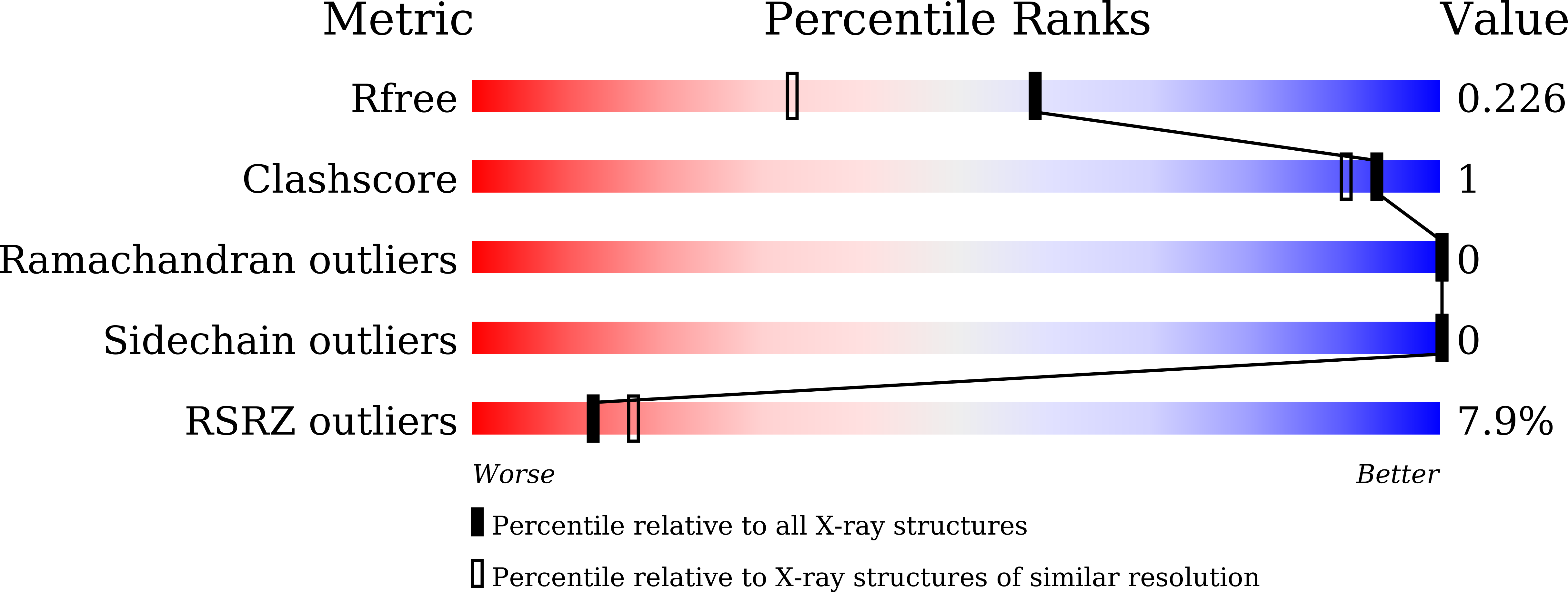
Deposition Date
2022-04-12
Release Date
2023-02-22
Last Version Date
2023-11-29
Entry Detail
Biological Source:
Source Organism:
Pseudomonas citronellolis (Taxon ID: 53408)
Host Organism:
Method Details:
Experimental Method:
Resolution:
1.76 Å
R-Value Free:
0.22
R-Value Work:
0.20
R-Value Observed:
0.20
Space Group:
P 41 21 2


